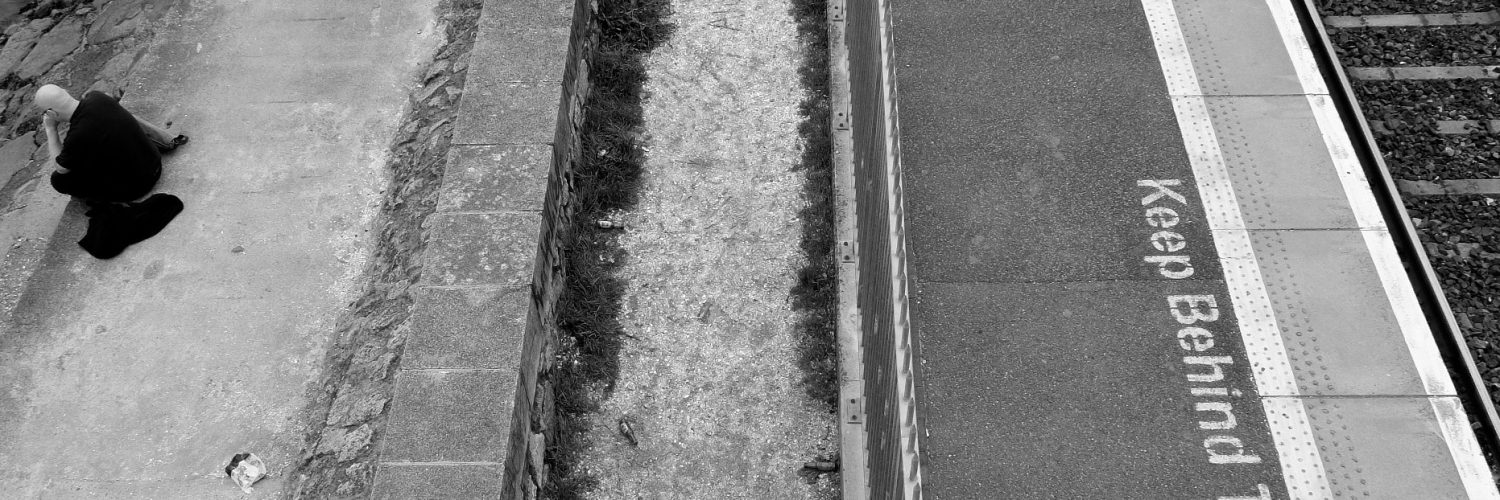O primeiro artigo tem por objetivo discutir os dispositivos de realidade aumentada e narrativas urbanas. Minha intenção é, de acordo com o abstract enviado para o editor.
The purpose of this chapter is to explore the development of “Augmented Reality” (AR) technology and to show the spatial turn in cyberculture and communication studies. This discussion is situated in the field of “locative media” (location-based technologies and services) and urban space studies. Locative media are expanding worldwide, characterizing the age of the “Internet of things”, in which information is sensitive (context-aware) to people, objects and places. Three hypotheses are supported here:
1. Augmented reality technology is an evolution of computer human-interface (ubiquitous computing) that points out to an emphasis on spatial information layers interfacing world “real” layers;
2. This new spatial distribution takes place through a narrative process that show what is to see (what is informational relevant) creating a sense of “augmented” reality. Instead, it’s a construction of “reality” that makes users see things and not see other things (informational irrelevant). Through the illusion of transparency, AR is a “reduction” of reality;
3. As locative media services (maps, POI, touristic marks) and technologies (mobile devices, wireless networks and sensors), AR offers a new experience of urban space strolling through “reading” the space and make new sense of places. It is important to understand the construction of narratives that expose what is offer to see and what is erased from the real world.
To analyze AR technologies and services, we propose a theoretical and methodological approach issue from “Actor-Network Theory” (Latour, Law, Callon). ANT is an interesting way to understand “mediations”. We argue that locative media, included AR, is experiencing through communications “mode of mediations” (writing, listening, visibility, sociability, “ludic” and access).
Mediation is what produces action, what make and actant act over another. With the locative media, modes of mediations express the ways in which different “actants” are interrelated. For example, some location-based services and location-based technologies summon a particular mode of mediation. The modes of mediations imply specifics material and open relationship between humans and artifacts (non-humans actants). To study locative media (and AR), we are proposing six modes of mediation: listening (sound), writing (textual), visibility (mapping); ludic (game), access (connection) and, sociability (social networking)1.
We can define AR acording to Azuma (1997): “AR allows the user to see the real world, with virtual objects superimposed upon or composited with the real world. Therefore, AR supplements reality, rather than completely replacing it.” AR is a “human – non-human” mediation that puts in evidence several “actants” (place, information, device, databases, users…) through visibility, sociability and ludic modes of mediation. By theses three modes of mediation, narratives are building and the reduction of the real world complexity is accomplished. Here we understand narrative as a action through space and time.
Subjects are formed by relationship with text, sound, images. We can see narrative as a result of a actor-network. As Ricouer (1991) puts it “there is no self-understanding that is not mediated by signs, symbols, and texts; in the final analysis self-understanding coincides with the interpretation given to these mediating terms.” To study narrative on AR we’ll use narrative as content and form as well (data and devices as actants). According to Ricouer, “narration inasmuch as it is the narrative reassembling of a life stretched out in time, and finally, the capacity to impute to oneself or to others the responsibility for acting.” (Ricouer, 1994). The “story” here is the personal movement that merge dataspace and real word by media technology devices. We can apply a extended conception of narrative as putted by Branigan (1992): “It became clear that narrative was nothing less than one of the fundamental ways used by human beings to think about the world, and could be not confined to the merely “fictional” (p.xii)”
References
Azuma, Ronald T. A Survey of Augmented Reality., In Presence: Teleoperators and Virtual Environments 6, 4 (August 1997), 355-385.
Branigan, E., Narrative Comprehension and film, London: Routledge, (1992), p. xii.
Ricoeur, “On Interpretation,” in TA, trans. Kathleen Blamey and John B. Thompson (Evanston: Northwestern University Press, 1991), 15.
Ricoeur, “De l’ésprit,” Révue Philosophique de Louvain, Vol. 92, no. 2,1994, 248.

